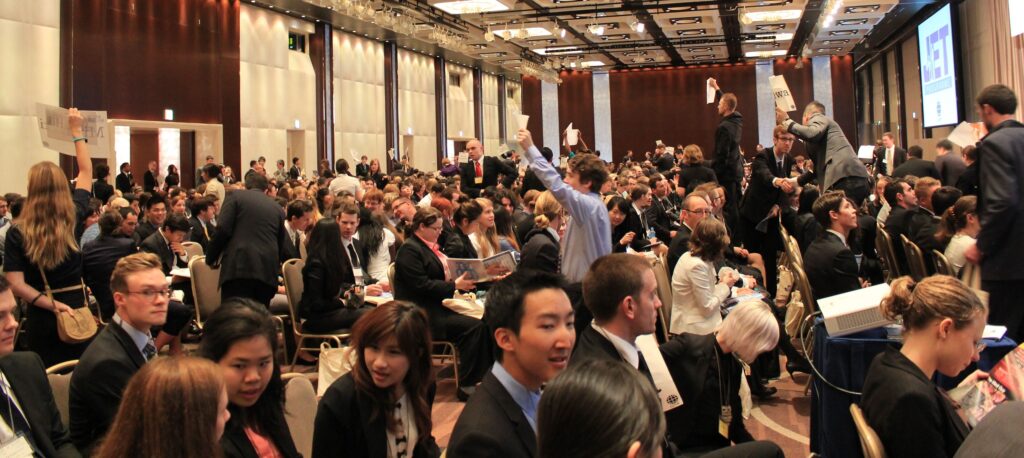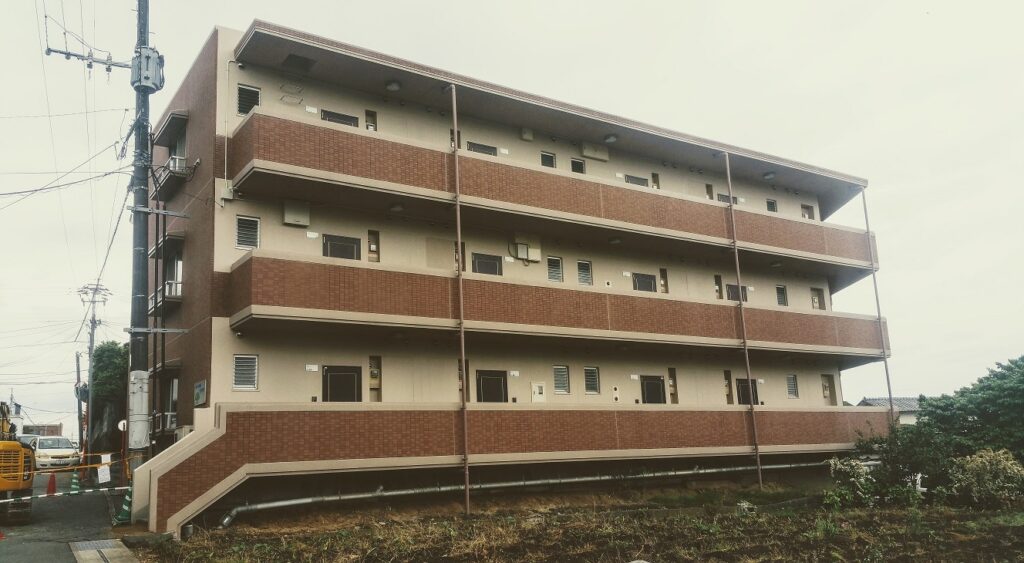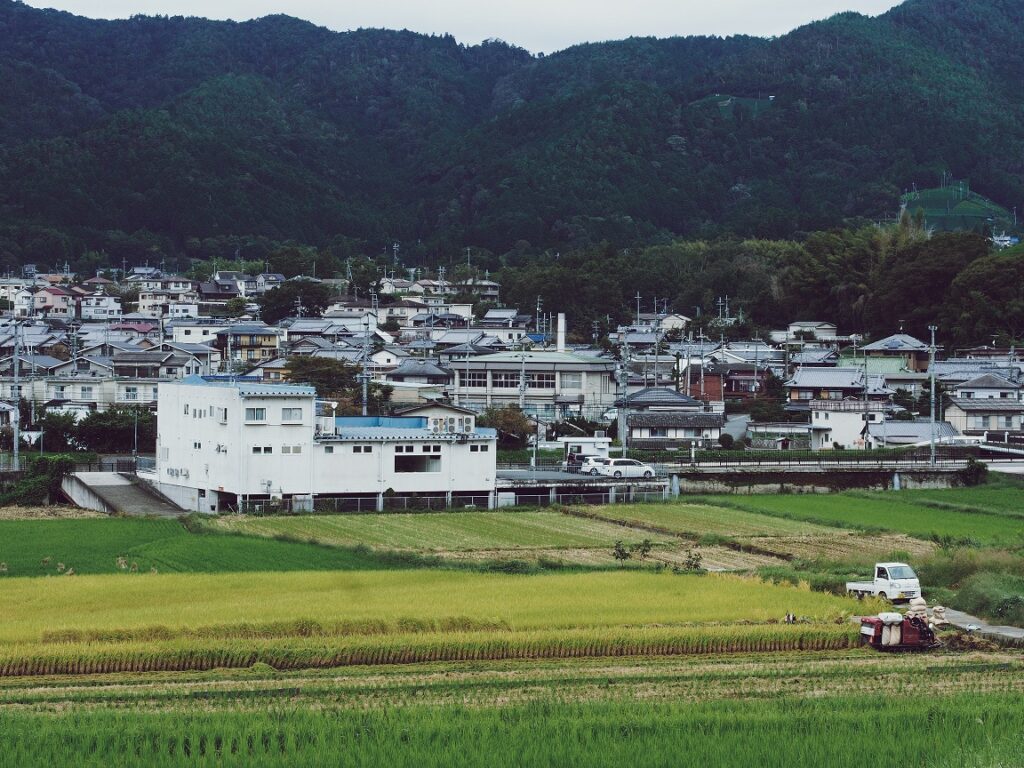You Passed Your Interview!
And made it on the shortlist! now it’s time to prepare for the embarkation of your new adventure!
All your hard work has paid off. It’s about time you pack your bags in the coming months. It’s time to consider what comes and what stays. Hopefully, you can pack a lot of your life in two bags for the duration of your trip.
For some who just barely passed…
Then, it is time for the unfortunate lottery of whether you’ll go or not because you are now subject to the alternate list.
If you were rejected early on, you can always look for alternative jobs in private teaching or working at a local conversation school. These can boost your resume if looking to re-apply to JET again (from personal experience).
Documents
These are the documents required for American JETs.
You’ll be given a set time frame to turn them in. The Reply Form, Certificate of Health, FBI Check (copy of the start process), IRS (copy of the start process), Passport Copy, and Proof of Graduation (if already graduated) will all need to be submitted by their stated deadline. (Mine was May 1st and June/July for the rest; your mileage may vary.)
- Reply Form – “Stating whether or not will accept placement with JET Program.”
- Certificate of Health – “Must be filled out and signed by a Medical Doctor.”
- FBI Identification Record – “This is a mandatory background check that must be into the consulate before departing for Japan. Can take several weeks to process (official turnaround time is 13 weeks), and many JETs need to request it multiple times if their fingerprints are not clean.”
- IRS Residency Certification (Americans only) – “This document is necessary for tax exemption in Japan (only eligible for 2 years).”
- Photocopy of valid passport – “If you have not already submitted a photocopy of your passport with your application OR if have received a new passport (previous one expired, name change, etc…)”
- Alteration Form – “As needed for any updates in address, email, name, etc… “.
My experience with the forms…
All forms were relatively easy to do, just time-consuming for some.
I was in Japan doing another teaching gig, at the time, so it was a bit complicated for me for one document, the fingerprint FBI sheet.


I literally got this done at the scariest Koban (police station) possible, the Osaka Prefectural Police Headquarters. This is the place you go to get locked up forever. It’s a giant fortress next to Osaka Castle.
I went here with very little Japanese ability. It got fairly awkward when I told them what I needed to do, an FBI criminal background check.
Luckily, they were nice, but I was scared nonetheless that I would be detained or locked up. Japan is notorious for detaining people without question, for up to 21 days.
Anyways, they had to dust off the old fingerprint machine that they had in a closet in storage. One person knew how to use it, but it’s something that is rarely used in Japan (the more you know). I had one official paper and one copy made. It didn’t come out perfectly, but it was good enough that the FBI didn’t ask for another.
IRS Residency Certification is for Americans only. Japan and the US have a two-year agreement where JETs are exempt from paying inhabitant and income taxes.
You can examples of the amounts here in my JET Salary and Monthly Payments post. These taxes alone come out to around 20,000 yen (month), which varies by annual income. The lower your income; the lower the taxes.
However, after 2 years of exemption, get ready to pay, and pay more taxes when you leave JET.
For two to 2 years on JET, you can avoid these taxes but be prepared if you stay years 3-5.
FYI: I am not a tax expert or consultant.
Packing
What should I bring? Bring only the essentials and goods that you need to stay “sane” in Japan.
Example List:
- Essentials – socks, underwear, jackets, shirts, suits, pajamas
- General work Attire – collared shirts, skirts, and/or khaki pants. ALTs don’t need to dress up except for special occasions like graduations or entrance ceremonies.
- Winter attire – it’s cold just about everywhere in Japan except in Okinawa. Even in southern Japan where I lived, it got downright cold. Bring a good down jacket, hoodies, and sweatshirts. My down jacket and sweater got me through most winters in the classroom. You might find Japanese sizes do not fit your body shape.
- Bad attire – what you should NOT wear to work is sleeveless shirts, tank tops, crop tops, jeans, and shorts. Apparel can vary by sex and gender. Be flexible and conservative till you know your schools and their dress codes.
:: When you have Sport’s Day, you can typically go gym wear or more casual than normal.::
- Suit – bring one that fits. A suit is only worn occasionally for special events and important parties. Make sure it’s light enough for the summer months when you JET orientation or other welcome events.
- Shoes – outdoor and indoor shoes
- Extra shoes – shoes are important because it might be impossible to find your sizes in Japan. It’s a good idea to have at least one pair of indoor shoes such as sneakers or closed-toe slip-on shoes.
- Slippers – great for winter. These are the warm and fuzzy kinds. If they aren’t too casual and leisurely, you can get away with them in school. I’ve seen teachers wear crocks lined with warm felt.
- Toothpaste – is something you’ll want to bring along because Japanese toothpaste isn’t high in fluoride. Even my dentist has asked if I had some from my home country. Toothpaste is still great in Japan. Bring some till you find your liking. Three large tubes can last a person a single year from my experience!
- Power adapter(s) – is something you should bring. It’s a must if your country doesn’t use the same 100v power. For North Americans, we just need a converter without a ground plug, but for other countries, you might need an entirely different power converter or adapter. (not sponsored).
- Hobby item(s) – anything that is easy to bring along that can relieve stress! This could be a skateboard, video game, stuffed animal, or some personal item from home. Anything that will get you through lonely times. REMEMBER to pack things that make you happy! Be reasonable about what you bring.
Departing
Now you are ready for your adventure. You should have finished all your visa paperwork with your consulate. You should have an itinerary for your trip.
Before you depart for Japan, take the time to do what you want.
Have a party with friends (who are socially distanced and vaccinated).
Enjoy time with your family and pets.
Grab takeout from your favorite restaurant.
Clean up your place or get rid of old possessions you’ll forget about.
Flying goodies
Bring some stuff along for the flight
- Comfy masks – are always great to have. It’s a requirement to fly. It might be worth investing in cheap ear straps to relieve mask tension for long flights.
- Snacks – always good to have on long flights.
- Headphones, portable chargers, and whatever else to entertain yourself.
- Medicine for motion sickness and headaches or stomach aches. I always pack some Tylenol and Tums because I’ve had some bad experiences in the past…
Arriving
You’ll arrive at your designated airport, Narita (the usual entry) or Haneda International Airport. There is the possibility it could be somewhere else because of the whole Covid situation, but CLAIR will inform you of that.
Arrivals will most likely require quarantining(?), which would last up to 14 days and be a travel headache IMO.
I hope that all JET Programme participants will be vaccinated before entry to avoid a strict quarantine process.
Again, I have no idea how the new process for arrivals will work…
Training/Orientation

Will the Council of Local Authorities for International Relations (CLAIR) provide a normal orientation? That remains to be unseen for now, but usually, all the incoming JETs stay at a fancy hotel for a few nights and have basic orientation.
Orientation is usually oversight of the program, basic information on working in schools, etc.
Sometimes you have a chance to network with others from other prefectures, but don’t expect any long-term friendships to be developed. You’ll meet the best people who you’ll work with within your area and prefecture.

Orientation is a fun time even though it is hectic and short. It’s something you’ll look back on and enjoy. And, it’s the most training some incoming JETs will ever receive. ESID.
Prefecture Arrival
Arriving and settling in is the best feeling.

After the orientation is completed, you’ll head to your final destination (your city or town) to transition to your new life in Japan.

You’ll settle into the dwellings that your BOE provided (or you had to), and you can begin exploring, shopping, banking, and talking with your school(s). Your area could be very rural, suburbs, a small city, or a very large metropolitan area.

I was very happy in my city of Kumamoto. Downtown was just the right size, and it had everything I needed except for a few important things and shops. It was the best home ever because it wasn’t so rural.
I knew plenty of JETs who were happy in their tiny towns. Sometimes it was rough to get certain things or meet more people, but they loved the close relationships they could form in their community as opposed to big city dwellers.
In another post, My Kumamoto Apartment, I go into detail about my rent and living situation.
Conclusion
Everything leading up to your prefecture arrival will be chaotic. Nothing goes as planned, so don’t expect to know or be able to do everything.
Over time, you’ll become acclimated to your location and never want to leave! I loved my placement for the 4 years I was there. It was my best time ever in Japan. It was difficult to give up, but someday I can go back.
Always remember ESID ;)
